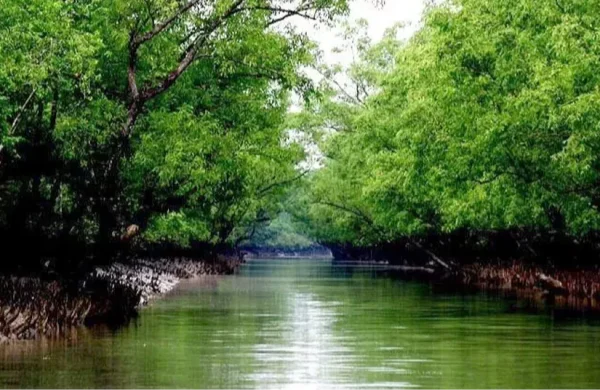3-month tourism, fishing ban imposed in Sundarbans
- Update Time : Sunday, June 1, 2025

TDS Desk:
The Forest Department has imposed a three-month ban on all human activity in the Sundarbans, including tourism, fishing, and honey collection, to protect the region’s delicate biodiversity during peak breeding season.
Effective from June 1 to August 31, the restriction is aimed at safeguarding both aquatic and terrestrial wildlife, as this period marks the peak spawning season for many fish species and the breeding season for various forest animals.
“All permits for fishing and forest access have been suspended during this time,” said Md Rezaul Karim Chowdhury, Divisional Forest Officer (DFO) of the Sundarbans East Division.
The move falls under the framework of the 2020 Integrated Resources Management Plan (IRMP), which outlines seasonal protections to ensure the long-term ecological balance of the world’s largest mangrove forest.
Increased vigilance is being enforced across forest outposts, patrol stations, and checkpoints to prevent illegal entry and activities, officials confirmed.
The UNESCO World Heritage Site spans approximately 6,017 square kilometers, comprising 4,143 sq km of land and 1,873 sq km of water bodies. homes to 528 plant species, 125 Royal Bengal Tigers, over 136,000 spotted deer, 355 bird species, and numerous other reptiles and mammals, including endangered dolphins and crocodiles.
Experts warn that climate change, tidal surges, and cyclones have increasingly disrupted the ecosystem. In previous years, such natural disasters have led to the mass displacement and death of wildlife, particularly deer.
Authorities have urged the public, especially local fishing communities and tour operators, to cooperate fully with the restrictions for the benefit of the forest’s long-term sustainability.













